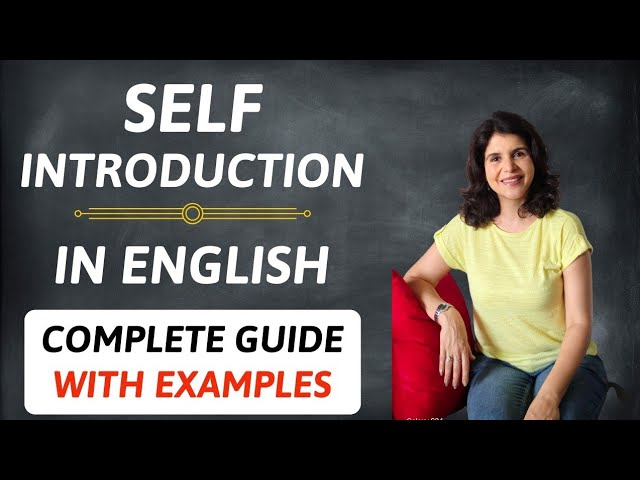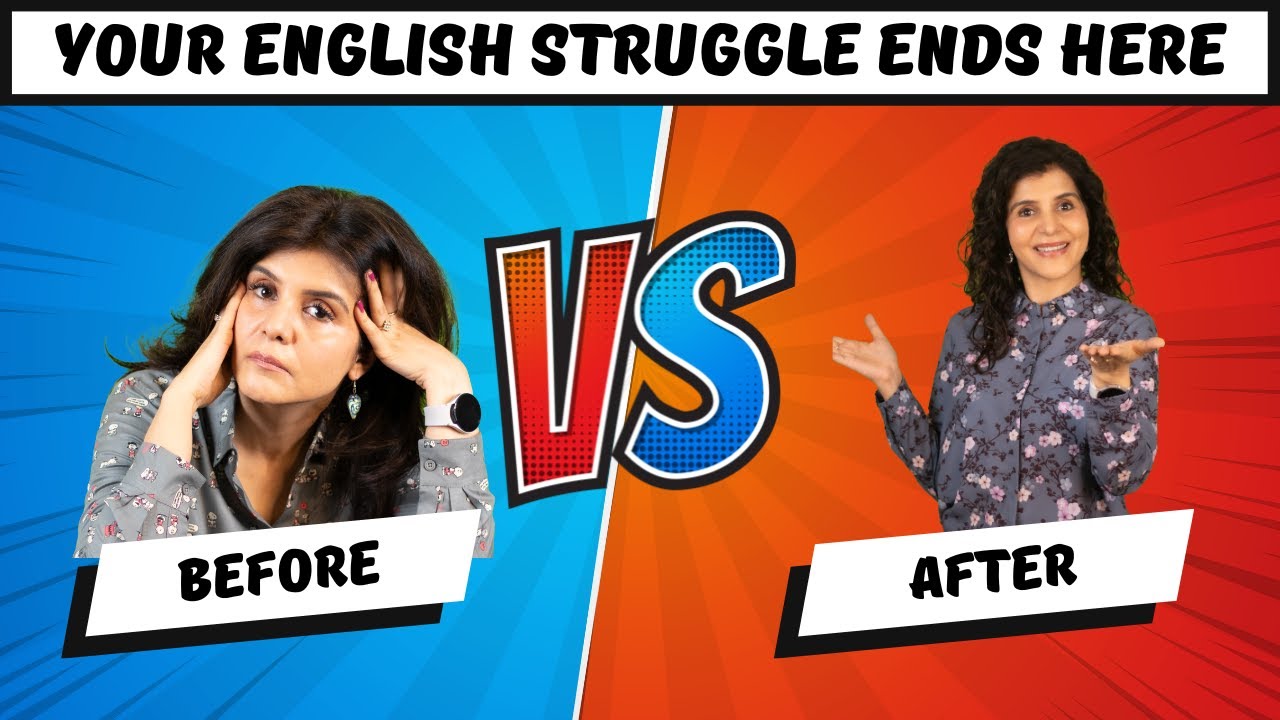How to Introduce Yourself in English | Tell Me About Yourself | Self-Introduction
Introducing yourself confidently in English is a crucial skill for interviews, networking events, or casual meetings. A well-prepared self-introduction sets the tone for positive interactions and leaves a lasting impression. In this guide, you’ll learn how to structure your introduction, what to include, and tips for making it impactful.
Table of Contents
- Why Is Self-Introduction Important?
- Key Components of a Self-Introduction
- How to Structure Your Introduction
- Examples of Self-Introductions
- Professional Context
- Casual Context
- Academic Context
- Tips for a Perfect Self-Introduction
- Practice Exercise
Why Is Self-Introduction Important?
A self-introduction helps:
- Create a positive first impression.
- Show your confidence and communication skills.
- Establish a connection with the listener.
- Provide key information about yourself concisely.
Key Components of a Self-Introduction
- Greeting: Start with a friendly “Hello” or “Hi.”
- Your Name: Clearly state your name.
- Professional/Personal Details: Mention your job, education, or personal background.
- Purpose of Interaction: Explain why you’re introducing yourself (optional).
- Closing Statement: End with a polite remark or a question to engage the listener.
How to Structure Your Introduction
| Step | What to Say | Example |
|---|---|---|
| 1. Greeting | Begin with a polite greeting. | Hi, good morning! My name is… |
| 2. Name | Introduce your full name. | I’m John Smith. |
| 3. Current Role or Status | Share your job title, profession, or current position. | I work as a software engineer at ABC Corp. |
| 4. Background | Briefly mention your education, experience, or where you’re from. | I have a degree in Computer Science. |
| 5. Purpose or Hobbies | Explain why you’re introducing yourself or share a personal interest. | I’m passionate about solving tech challenges. |
| 6. Closing | End with a polite statement or question. | It’s a pleasure to meet you. What about you? |
Examples of Self-Introductions
1. Professional Context (Job Interview)
“Good morning, my name is Sarah Williams. I’m a recent graduate in Marketing from XYZ University. During my studies, I completed internships in digital marketing and social media strategy. I’m excited to apply my skills to create impactful campaigns. It’s a pleasure to be here, and I look forward to discussing how I can contribute to your team.”
2. Casual Context (Meeting New People)
“Hi, I’m Ravi Patel. I’m from Mumbai, and I work as a graphic designer. I love working on creative projects, and in my free time, I enjoy photography and exploring new places. It’s great to meet you!”
3. Academic Context (Classroom or Workshop)
“Hello, everyone. My name is Emily Carter. I’m currently pursuing a master’s degree in Economics at ABC University. I’m particularly interested in development economics and policy analysis. I’m looking forward to learning and collaborating with all of you.”
Tips for a Perfect Self-Introduction
- Be Concise: Keep your introduction short (30–60 seconds).
- Adapt to the Context: Tailor your introduction based on the situation (formal or informal).
- Practice: Rehearse to ensure fluency and confidence.
- Body Language: Maintain eye contact and smile to appear approachable.
- Engage the Listener: End with a question to continue the conversation.
Practice Exercise
Craft a self-introduction based on the following scenarios:
- Job Interview: You’re applying for the role of a data analyst.
- Networking Event: You’re meeting a potential business partner.
- First Day of College: You’re introducing yourself to your classmates.
Example for Networking Event:
“Hi, I’m Anil Sharma, a business consultant specializing in helping startups optimize their operations. I’ve worked with over 20 companies to streamline processes and improve efficiency. I’m passionate about entrepreneurship and would love to hear more about your business.”
By mastering the art of self-introduction, you’ll leave a positive impression in any scenario, from job interviews to casual conversations. What’s your go-to introduction? Share it below!



